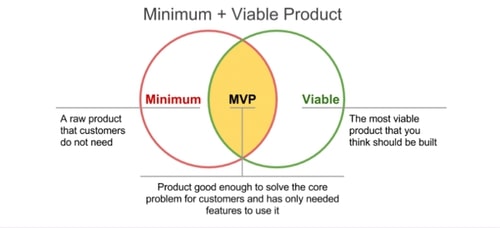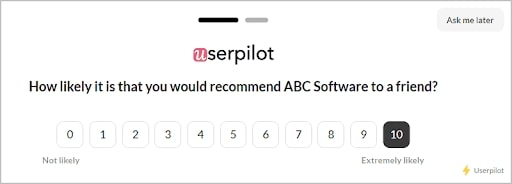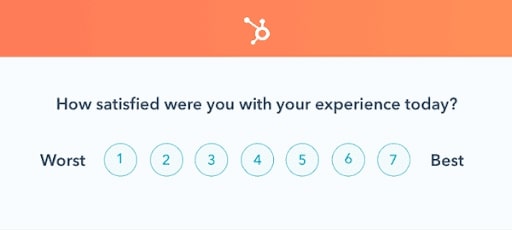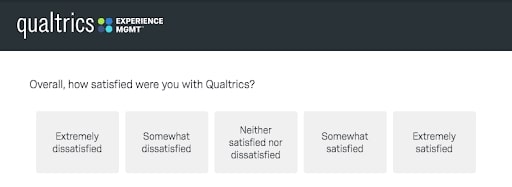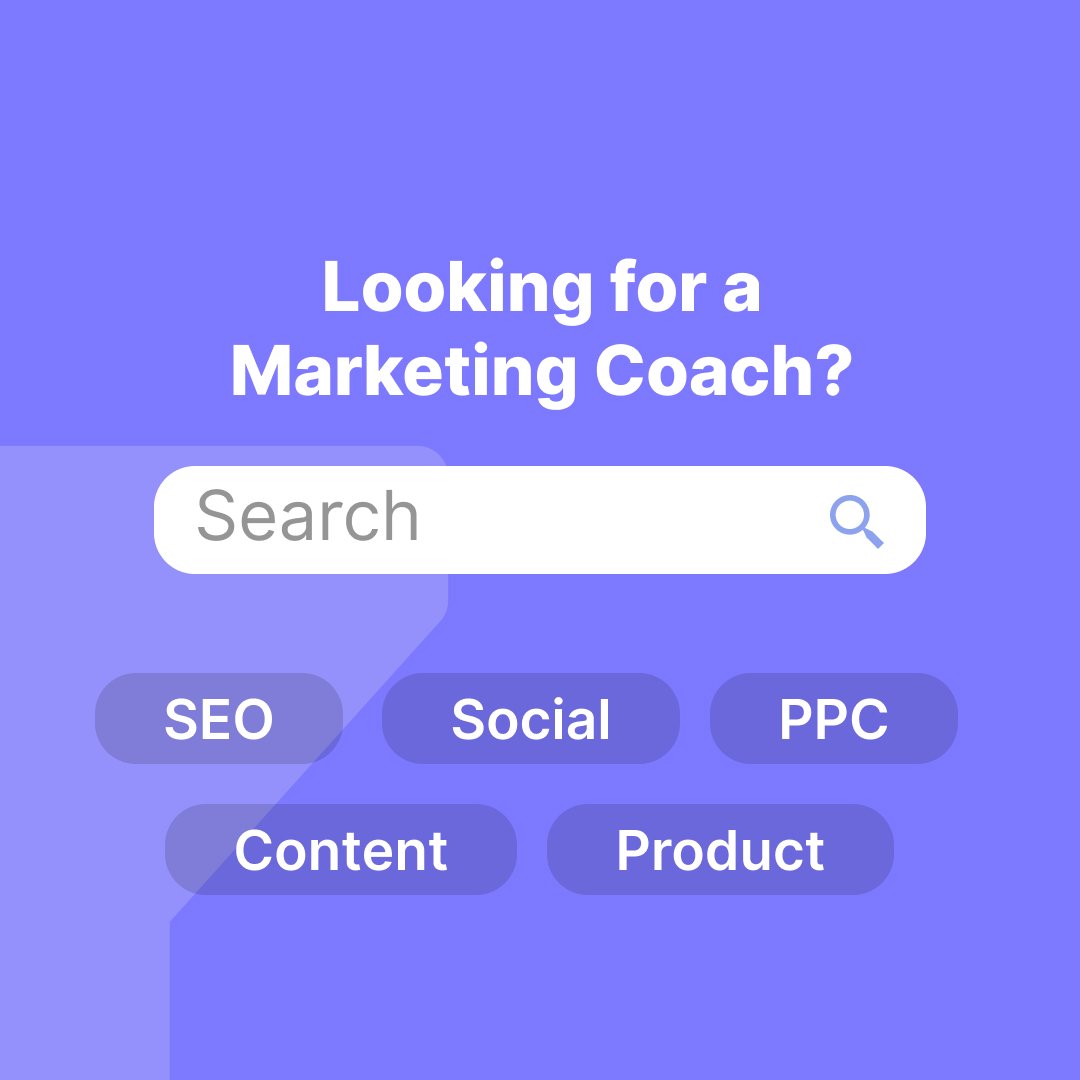How to Get Minimum Viable Customer Feedback
If you work in software development, you have heard the term “minimum viable product” or MVP.
Eric Ries, the author of the book The Lean Startup, coined the term MVP.
He defines it as:
The version of a new product that allows a team to collect the largest amount of validated learning about customers with the least effort.
Many famous companies like Airbnb or Uber started by building an MVP. An MVP helped them to grow without unnecessary costs, while also saving time.
MVPs allowed these companies to test their startup ideas. In return, those tests helped them to create products that are now used by millions of people every day.
The MVP should have enough features to meet those early customers and get their feedback. Later, that feedback is crucial for further product development.
Customer feedback is important for understanding your customers’ needs from your product, and how they behave.
It helps folks in product management and other people developing software address customer challenges. It helps identify new improvements, functionalities, or products.
The feedback you get will help you decide the future of your product. By building a list of people willing to try out your MVP, you might get much feedback to read through it, filter it, and act.
The concept of minimum viable customer feedback takes the idea of creating an MVP, and applies it to user feedback.
What is the minimum viable customer feedback?
We define it as short and concise customer feedback from the MVP or a full-fledged product.
Why is the minimum viable customer feedback important?
MVCF can apply to:
- Full-fledged products
- Products that have passed the MVP stage and are already available on the market
How is MVCF different from regular feedback?
It is rapid, concise, and in context.
The best way to ask for MVCF is to incorporate it into the product experience itself.
A prompt asking for MVCF can be triggered in two scenarios:
- Based on user behavior, such as a certain page event or mouse click
- Based on the right targeted user segment either by some agreed attributes or in-app events
Types of minimum viable customer feedback—and how to get it
Pre-subscription and post-subscription questions
Are the features of your product the best in the market? Are your users satisfied with your product?
To find out, you need to ask them the right questions at the right time.
Now the question is: What are some of these “right questions”?
Here are 10 important questions to ask your users:
- What is your main goal in using our product?
- What is preventing you from achieving this goal?
- Were your expectations about our product met, unmet, or exceeded?
- What is the greatest concern that you have about our product?
- What changed after you first started using our product?
- How do you use our product?
- Do you feel our product is worth the cost?
- What feature could help make your experience better?
- How likely are you to recommend our product? (This question helps determine your NPS, or Net Promoter Score)
- How easy did our product make it for you to solve your issue? (This question helps determine your CES, or Customer Effort Score)
These questions will help you in a couple of ways.
First, you will get closer to your customers and better understand their needs.
Your customers will feel more connected to you if you introduce a change based on their feedback.
Asking for feedback better connects your product with its users.
To get the best results, choose the questions that are most contextual to the user’s current stage.
Never overdo it. One to two questions at once is more than important to get valuable and relevant MVCF.
Pre-subscription questions
Once your customers have signed up for your product or have given you their email, you need to send a welcome email.
This email is the most important you’ll send to your customers. It sets the tone of all your future conversations. It can also affect the relationship you have with your subscribers and customers.
This email should be the first email in your onboarding sequence as it is one of the best places to ask for feedback.
The perfect time to ask for insightful feedback is right after users have signed up for your product.
Some of the questions you could ask in your welcome email are:
- Why did you sign up for our tool?
- What goals are you trying to achieve with our product?
- How did you hear about us? (Answers to these questions will help your marketing team so much)
Post-subscription questions
Paying customers want you to solve their problems. These customers are also ones who usually give the most valuable feedback. Some of the questions you could ask post-subscription are:
- If you could add one feature to our product, which feature would it be and why?
- Why did you buy our product?
You can ask both pre-subscription and post-subscription questions within your product itself. Collecting feedback in-product is the best method for collecting user feedback.
Let’s see how we can collect in-product feedback by using different in-product surveys.
Different in-product surveys
There are different in-app surveys to measure customer’s sentiment with the product.
Here are three of the most popular in-product survey types:
- Net-Promoter Score (NPS)
- Customer Satisfaction Score (CSAT)
- Customer effort score (CES)
Net-Promoter Score (NPSHow loyal your customers are toward your brand?
In a nutshell, the NPS survey tells you how loyal your customers are towards your brand.
It’s measured on a scale from 1-10. It includes the question: “How likely are you to recommend our company to a friend/colleague?”
When it’s done in-product popup, it may look like this:
Depending on the answers, your users separated into three different groups:
- Detractors: Users who answered with 0 – 6. They are likely to leave your product or talk bad about you.
- Passives: People who answered with 7 – 8—this group of people is neutral. They’ve used your product and they won’t speak bad about you or spread negative words about it.
- Promoters: Users who answered with 9 – 10. They are happy with your product and they’re very likely to recommend it with others.
NPS measures customers’ overall satisfaction with your product and value proposition.
Overall – NPS as the customer satisfaction framework will help you to gather your initial feedback and learn more about the customers’ feelings inside your product. It’s great for getting the first feedback and understanding the customers’ needs.
Customer Satisfaction Score (CSAT) – great for measuring users’ satisfaction for in-product events
NPS measures customers’ satisfaction with your brand. CSAT measures customers’ satisfaction with some particular in-app events or experiences.
It’s measured in a similar way. You have a question and option to leave a numeric answer.
Unlike NPS, in CSAT you can set the predefined answers as you like. You can use the numbers between, 1-3, 1-7, 1-10, emojis, or even phrases:
But the real question now is, when to use CSAT?
You can use CSAT to measure customers’ satisfaction:
- After the user uses your core features for the first time
- Before the monthly/yearly renewal
- After the “aha moment” milestone
- After customer support or educational sessions, webinars or demos
- After the user onboarding
Customer Effort Score – CES – How hard it is for people to use your product?
Customer Effort Score (CES), is one of the best in-product surveys out there.
Why?
It’s used to measure the easiness-of-use of your product and product engagement. The easier the product to use is, the better the customer satisfaction will be.
It’s usually measured with one simple question and a couple of predefined answers:
Unlike other in-product surveys, CES tells you how hard is it to use the product.
Hence – CES is one of the most important in-product surveys for product teams.
It’s best to use CES after important in-product experiences and events such as:
- Using a recently released feature
- After your user reach some important milestone
- After the customer-support session
- After interacting with the product that led to the payment/subscription
The bottom line
MVCF is one of the best ways to get relevant and actionable feedback for the first versions of your product.
To sum it all up, you can collect your MVCF in different ways:
- By asking pre-subscription questions to your potential users.
- By asking post-subscription questions soon after someone signs-up.
- By using different in-product surveys such as NPS, CSAT, and CES.
MVCF can help you gather feedback to create better early-stage strategic decisions.
